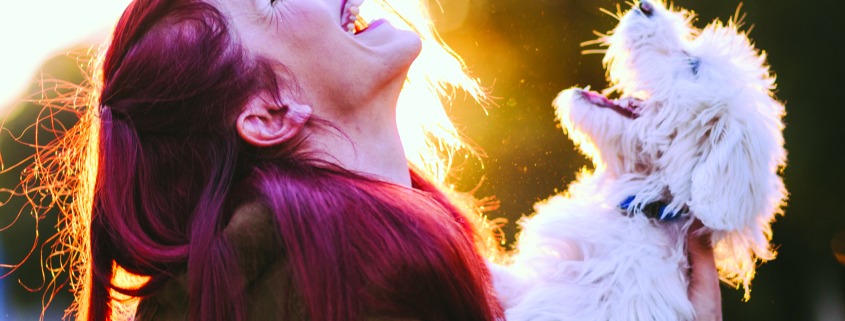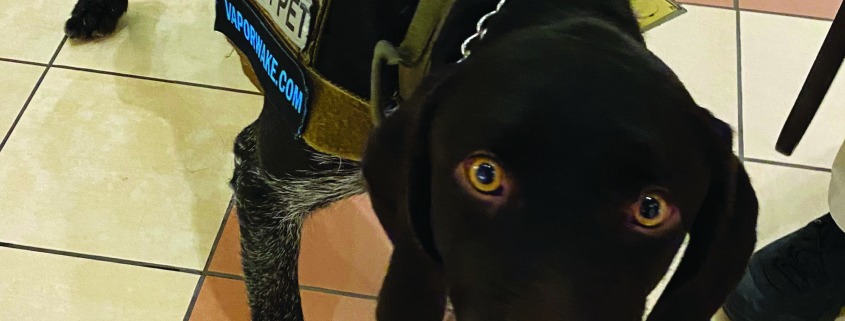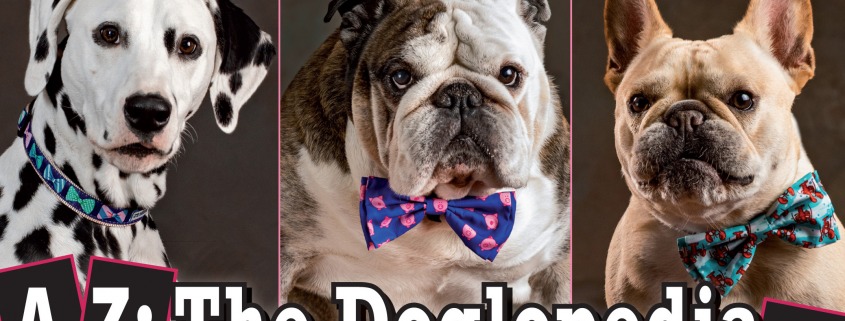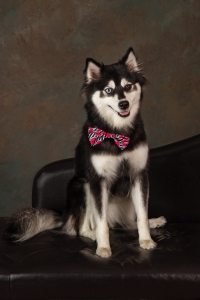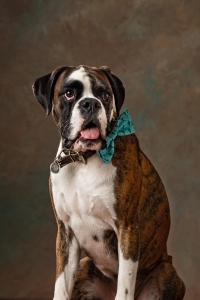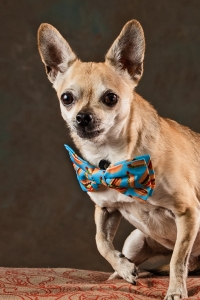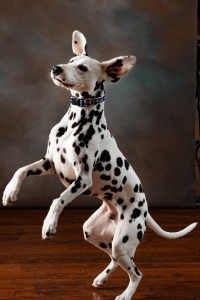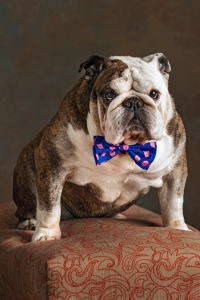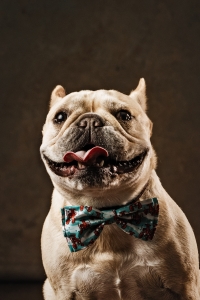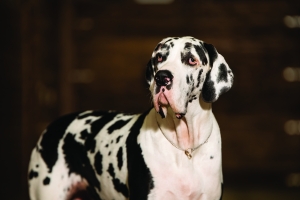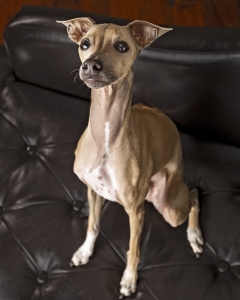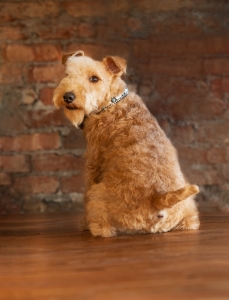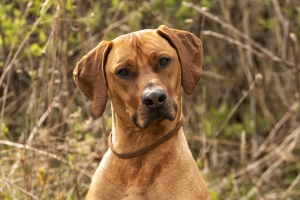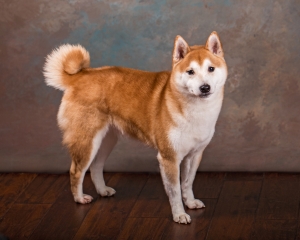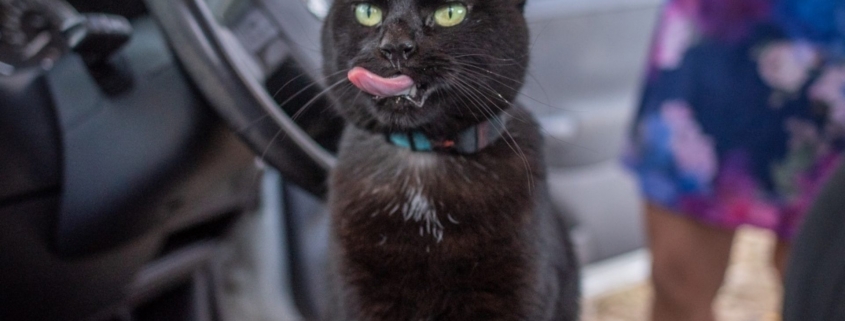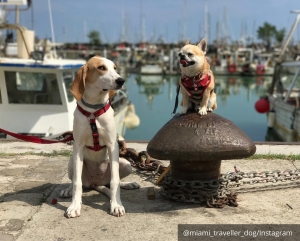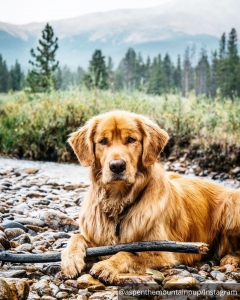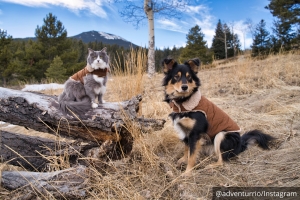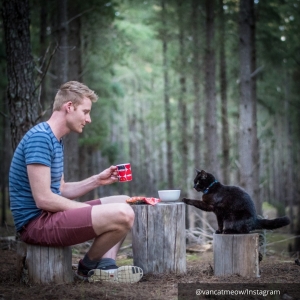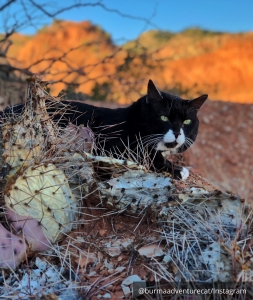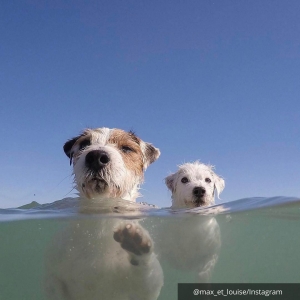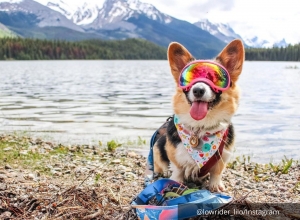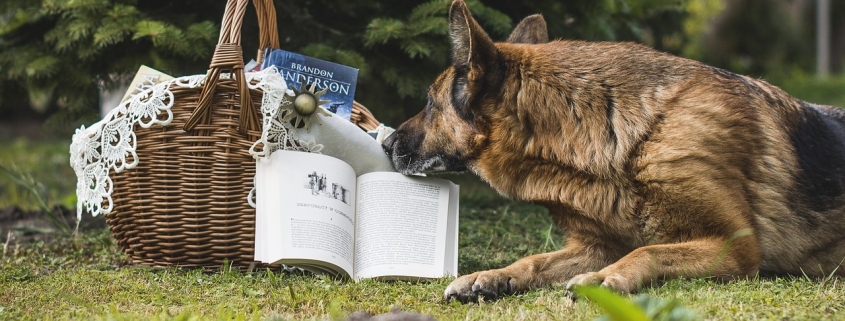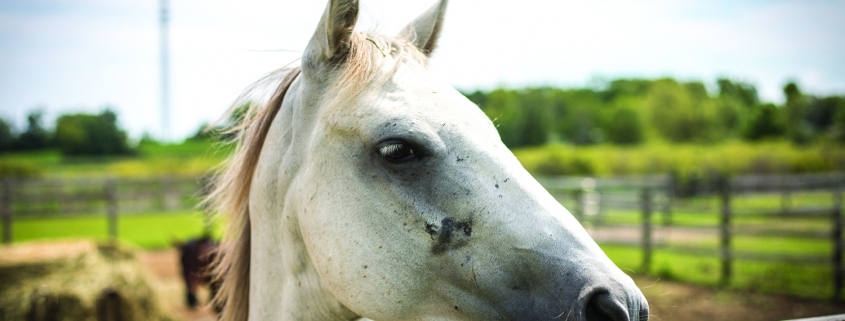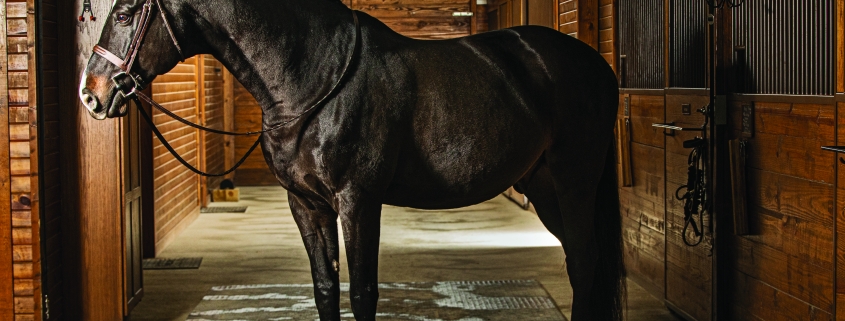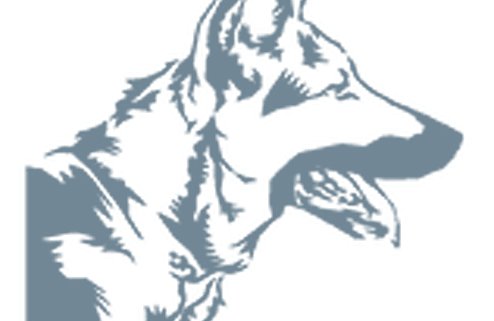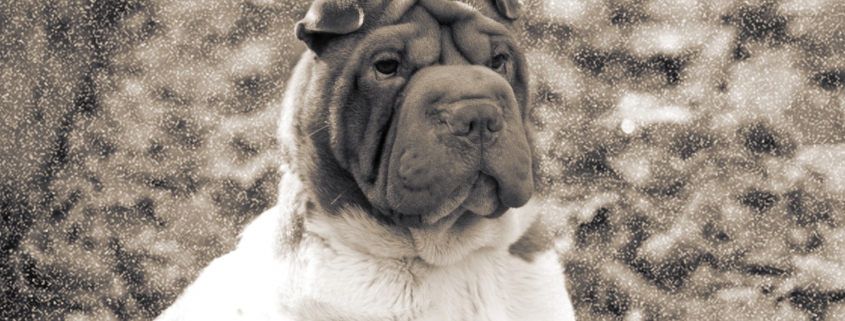BY CHERESE COBB
Whether your companion animal suddenly passes away or you’ve had time to brace yourself, nothing can truly prepare you to lose the pet that you love. Every animal’s life is important, and each family chooses to celebrate it differently. Some pet owners throw euthanasia or celebration of life parties. Others put their pet’s photos in a scrapbook or light a memorial candle. Still, some turn their pet’s ashes into a vinyl record or diamond. From the commonplace to the unusual, here are 11 beautiful ways to honor your deceased pet.
1. Plan Your Pet’s Last Moments
Euthanasia can be painful and difficult for you, your family and your pet. But turning it into a spiritual sendoff can make it easier. “I’ve had families that hosted euthanasia parties, complete with family and friends dressed formally, drinking cocktails and eating gourmet food. I’ve done euthanasias outside on a beautiful day, under the pet’s favorite tree, or on a bluff overlooking Lake Michigan,” says Elisa Horsch, D.M.V., founder of Ozaukee Home Vet LLC. “I’ve had families that have sobbed uncontrollably the entire time, and I’ve had families that shared funny stories and laughed joyfully through their tears. I’ve read Bible passages and poems, played all sorts of music, lit candles, and sang songs with owners as we prepared for euthanasia.”
2. Take Last Day Photos
Hire a professional photographer to take photos of your pet at the end of their life. “Cats mostly want to be snuggled or loved. If they still have an appetite, giving them their favorite food is a nice thing to do. If dogs are still mobile, take them on their favorite walk, then spoil them with their favorite human food. A lot of pet owners go through the McDonald’s drive-through and get cheeseburgers and ice cream cones. Others make a full steak dinner,” Horsch says. “If they’re not mobile or don’t have an appetite, have their favorite people gather around and share favorite memories. Dogs are extremely intuitive and will understand the beautiful feelings that accompany recognition of a life well-lived.” Photos of your last happy moments together can be used to create a memorial video, scrapbook or quilt.
3. Start New Traditions
On your pet’s adoption anniversary, bake birthday cake treats and take them to a local animal shelter. On their death anniversary, light a memorial candle, or write a personalized message on a balloon or paper lantern. During the holiday season, write a pet-related memory on each ring of a paper garland. Then read one each day as you countdown to Christmas, Hanukkah or Kwanzaa.
4. Have An Item of Jewelry Made
Several companies can turn your pet’s ashes into a lab-created diamond by extracting carbon and heating it to 2,500°F. In most cases, you can choose the cut, color and size. The memorial diamond can be incorporated into rings, necklaces or earrings. Likewise, Precious Metal Prints will let you take an impression of your pet’s nose and will turn it into a handcrafted necklace.
5. Create a Memorial Garden
Planting flowers or trees with special meanings in your garden to signify your pet’s life is a heart-warming daily reminder of the happy times you shared. Whether your pet lounged in a sunny spot in the yard or cooled off under a particular bush, choose a significant spot to plant something new. Instead of a traditional headstone, you can also use an animal-shaped statue, garden marker or birdbath.
6. Rescue Another Animal
When it comes to adopting another pet, there’s no right or wrong answer. “I know people who’ve gotten a pet the next day or committed to adopting another pet. Still, others have decided that they were going to move out of their house because they couldn’t be there anymore,” says Mental Health Therapist Amanda Fellerer, M.S., LPC-IT. The new pet isn’t a replacement. Every companion animal is different, so you’re not disrespecting the honor of your deceased pet by getting another one. “Grief is love with no place to go, so you’re just refocusing your love. In my own personal experience, the new pet has often brought up stories of the one that we lost, and sometimes, that’s a very helpful part of the grieving process.”
7. Donate Your Time to an Animal Shelter
Volunteering at a local animal shelter and giving your love to homeless dogs and cats is a healthy way to mourn the loss of your deceased pet. If you volunteer at an animal rescue organization, you may be able to help with administrative or creative tasks like photography, web design, accounting or writing. You can also help with cleaning, socializing or walking the animals. Other options include donating pet supplies, giving an honorary gift, sponsoring an animal or starting a memorial fundraiser.
8. Get a Pet Memorial Tattoo
Tattoo artists can create memorial tattoos by mixing less than a tablespoon of your pet’s ashes into the ink. Whether you choose to get a life-size paw print or a symbol that represents what your pet meant to you, it’s a lovely way to keep their legacy alive.
9. Have Your Pet’s Ashes Pressed Into a Record
And Vinyly is a U.K.-based company that will press one tablespoon of your pet’s ashes into a 7-or 12-inch vinyl record. It can also paint the sleeve with your four-legged friend’s cremated remains. Side A and Side B hold 18-22 minutes of audio, so you can recite the personalized poem that you wrote for your pet or record your Spotify pet playlist.
10. Turn Your Pet’s Hair Into a Keepsake Clothing Item
Crafters can knit your companion animal’s hair into keepsake sweaters, gloves, and purses. If your dog or cat has a short, coarse coat or if you haven’t been able to collect several ounces of fur during grooming, they can blend it with alpaca or wool. Already know how to knit? Etsy sellers (like SimplyHandspunYarn and PetHair2KnitWear) will process your pet’s fur into yarn for you, so you make your own snuggly momentos.
11. Turn Your Pet’s Ashes Into Fireworks
Some companies, like Angels Flight, will turn your pet’s ashes into fireworks. Every memorial fireworks display is designed to your specific requirements whether you want to personalize each firework with a brief farewell message or choreograph it to your favorite songs. If you choose self-fire fireworks and apply for a fireworks permit, you can also have your own memorial fireworks display at home or your pet’s favorite location.
How to Handle Your Pet’s Remains
Deciding how to handle your pet’s remains is a difficult decision. It depends on your financial situation, your religious beliefs and how you want your beloved animal to be remembered. Here are some of your options:
Cremation
There are three types of cremation: individual, semi-private and group. In an individual cremation, your pet is placed in the oven alone. It makes sure the ashes you get back aren’t mixed with the remains of other pets. During a semi-private cremation, your pet is placed into its own cremation tray and incinerated with 4-6 other animals at the same time. Because there’s a shared space above the animals, the ashes of other pets might be mingled with yours. In group cremation, pets from different families are cremated together and then scattered on private cemetery grounds or taken to the local landfill.
Aquamation
Aquamation (sometimes referred to as water cremation) is a gentle and eco-friendly way to handle your pet’s remains. It uses 90 percent less energy than cremation and has 1/10th of the carbon footprint. With aquamation, your pet’s body is respectfully placed in a biodegradable bag and then lowered in a stainless steel cradle. Sodium, potassium hydroxide and 202°F water are used to speed up the natural way your pet’s body breaks down. It results in powdery, white-to-tan ash that contains 20 percent more remains than cremation.
Home Burial
With a backyard pet burial, you avoid the cost of having a service provider make arrangements, and you’re near your beloved pet so that you can visit and take care of the grave. If you decide an at-home burial is right for your family, wrap your pet in a pillowcase, t-shirt or small blanket. Avoid plastic containers because they slow down the natural decaying process. Dig a hole that’s at least 3 feet deep in an area that doesn’t flood or get soggy. Also, keep the gravesite far away from underground utility lines and natural water sources like ponds and streams. Pet burial isn’t allowed in some Wisconsin counties, so it’s best to check with local authorities and your homeowner’s association before laying your pet to rest.
Cemetery Burial
Pet cemeteries let you honor your pets without worrying about what will happen to their graves if you have to move or pass away. They can help transport your pet’s body from a veterinarian’s office or your home to their facilities. Full-service pet cemeteries allow you to choose a plot, casket, vault and grave marker. They also offer memorials, visitations and graveside burials for an additional fee. Unlike human cemeteries, most pet cemeteries aren’t deeded in perpetuity. That means your pet’s gravesite can be closed or sold and used for other purposes.
Body Donation
It’s possible to donate your pet’s body to an Educational Memorial Program. Modeled after human cadaver donation programs, it accepts pets that have died from natural causes or were euthanized for medical reasons. They’re used to study anatomy and in place of live animals during non-recovery surgeries. In non-recovery surgeries, animals are euthanized before recovering from anesthesia. Currently, four veterinary schools have Educational Memorial Programs: Oregon State University, Tufts University, Western University and the University of Pennsylvania.
5 Ways To Heal After the Loss of a Pet
“People treat their pets differently, and that needs to be respected,” Fellerer says. “They’re so ingrained in our everyday routines that their loss can make a much bigger impact than anyone realizes.” How do you cope with the loss of a pet? These five expert tips will help you work through your grief.
1. Take Time to Grieve
When we lose our pets, grief can strike us all at once. Or it may surface weeks, months or even years after our pets’ deaths. Fellerer shared an analogy that explains how grief unfolds over time and why we still experience aftershocks when we hit milestones. Think of your life as a box. Your grief is a ball inside of it. At the bottom of the box, there’s a pain button. In the beginning, the grief ball slams into the pain button every time you move the box. Over time, it shrinks and slams into the pain button less often, giving you more time to heal between hits. For most people, the grief ball never disappears. Every now and then, it pounds the pain button, and the loss can be as overwhelming as it was in the beginning.
2. Express Your Emotions
Shock, anger, guilt, bargaining, denial and depression are like bubbles in a glass of champagne or soda. If you let them float to the surface, they’ll eventually pop and evaporate into thin air. If you bottle up your grief, you’ll explode if you’re shaken, and that, in turn, will impact you physically, emotionally, socially and spiritually. But you’ll also flatten more positive emotions like love, joy and peace.
3. Accept Feelings of Guilt
It’s normal to feel guilty about your pet’s death, but it’s also important to keep in mind that death is a natural part of life. “Our pets can communicate with us in a sense, but we can never really know exactly how they’re feeling,” Fellerer says. You may ask yourself: “Did I euthanize my pet too late or too soon?” If you’re having nagging thoughts like these, Horsch suggests telling yourself, “I loved my pet, and I did the best I could for him. His life was meaningful, and he’ll be remembered.”
4. Realize You Did the Best for Your Pet
“Euthanasia means “good death”. Pets that are allowed to pass at home do so in their most comfortable environment surrounded by their family,” Horsch says. “It’s also easier on pet owners to be at home for euthanasia—it’s private and quiet. Because pets are intuitive, if the people are more comfortable, so are the animals.” Regardless of whether your pet is put to sleep or naturally dies at home, remind yourself that you did the best that you could for your four-legged friend with the information you had at the time.
5. Get the Right Kind of Support
There’s no shame in pet grief. “In my experience, people want to talk about their pets. They want to remember the good times and need you to listen and truly care. They want to be reminded that they gave their pet a beautiful life,” Horsch says. Need someone to lean on? Consider free pet loss support groups in the area and national pet loss hotlines like Cornell University’s Pet Loss Support Hotline (607-253-3932) or Tufts University’s Pet Loss Support Hotline (508-839-7966).

